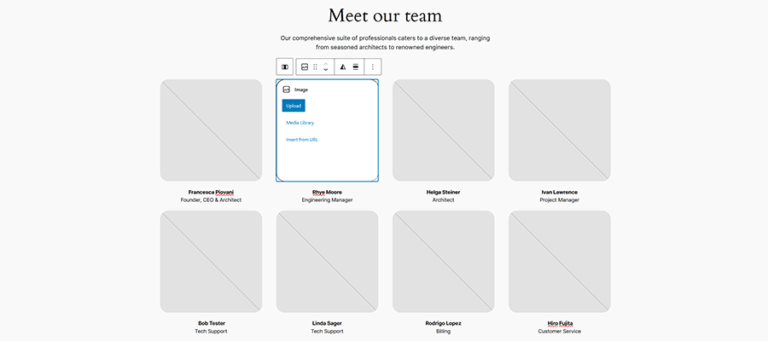Website security is a major challenge for web professionals, especially when it comes to WordPress. The popularity of the content management system makes it a prime target for automated attacks. Unfortunately, there are no foolproof solutions to protect against these attacks. Security plugins that scan for malicious files can miss infected files, and some malware can go undetected. This reality check highlights the need for proactive measures, but it also emphasizes the importance of tracking backend activity in the WordPress dashboard.
Tracking backend activity provides crucial information and can help prevent future attacks. It allows administrators to identify potential workflow issues and troubleshoot problems with pages or content changes. The activity log can show when a user logs in, updates a page, installs or deactivates a plugin, applies updates to WordPress, and creates or deletes users. While these actions may be typical user behavior, they could also be signs of malicious activity. Reviewing this data can help confirm what happened during an attack.
One often overlooked tool for tracking backend activity is the use of plugins. Security suites like Wordfence and Solid Security offer activity tracking capabilities. A niche plugin called Simple History is also available and offers a wide range of tracking features. It can track user logins, identify suspicious users, monitor plugin installations, and keep track of content changes. The plugin is easy to set up and provides a detailed log of activity.
Tracking backend activity can help identify compromised accounts, detect unauthorized administrative access, monitor plugin installations for vulnerabilities, and stay informed about content changes. While it may not reveal how a website was compromised, it provides valuable information about the actions taken by an attacker while logged in.
Installing a WordPress security plugin is not enough to protect a website from attacks. Having access to backend activity data is crucial for detecting and responding to suspicious activity. It is a proactive step that requires minimal effort but can make a significant difference in website security.






